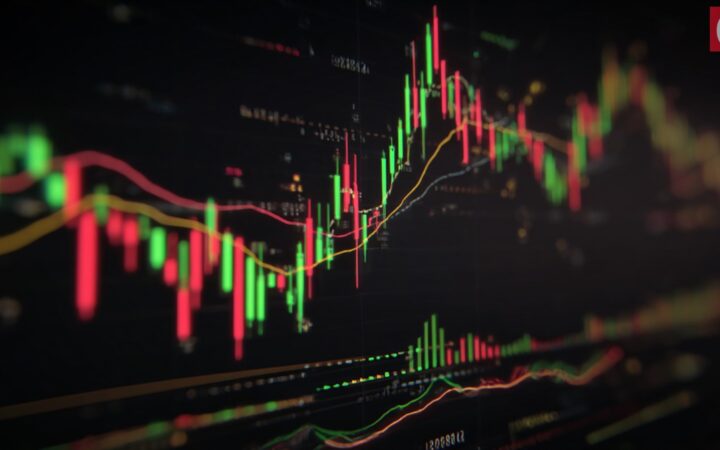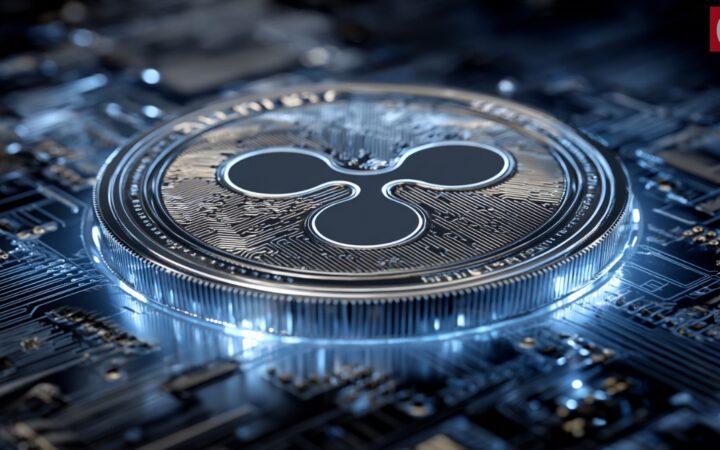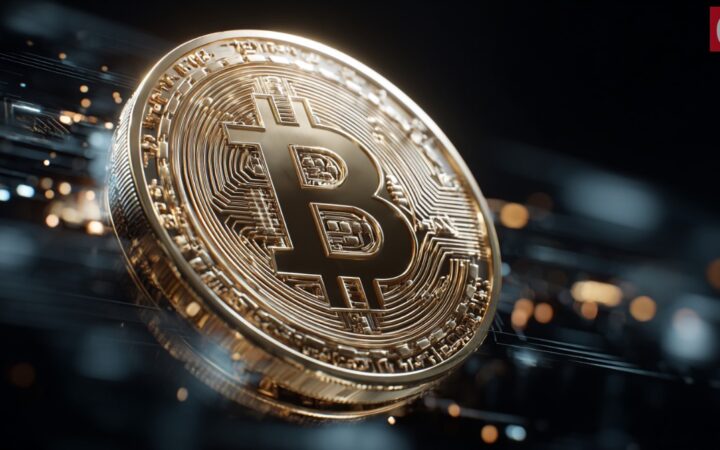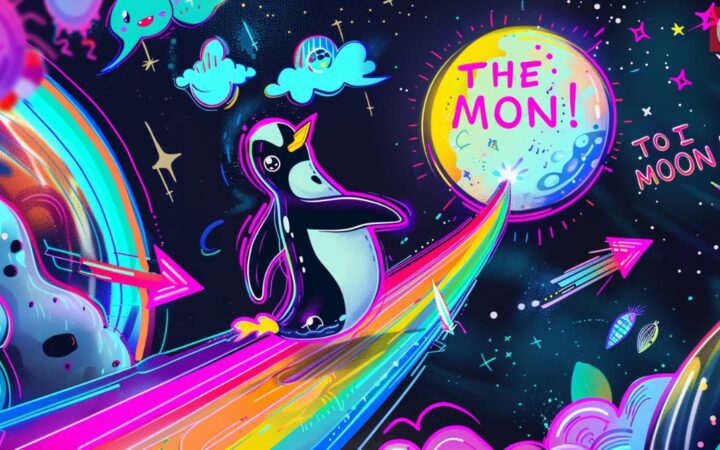
Unlocking the Potential of Community Accessibility for NFT Gaming Projects

In the cryptosphere, we know we must gather and stay together in order to make progress, innovate, envision, and play with ideas. We can see a similar need in the majority of industries today, but most of us who are into NFTs are aware that the presence of communities is more important here than anywhere else.
Why is that, how can we break it down and improve our collaborative participation in this space, and how do we finally reach mainstream audiences?
Discussing in-depth topics like community dynamics and mutual goal achievement is difficult because factors such as people’s incentives and social desires come into play.
However, NFT projects tackle issues regardless of whether it is easy or difficult, therefore we must try our best to break down community-driven innovation for all to envision a better path to progressing to Web3. In the world of blockchain and the seemingly never-ending list of protocols surrounding it, community is key to any projects, any ventures success.
What & Who’s Inside A Typical NFT Community?
We must acknowledge how diverse crypto communities really are – step into an NFT metaverse Discord server, and you will find yourself among traders, collectors, smart contract &platform software developers, cryptographers, digital marketers, journalists, and people of many other interests.
No matter what the cause or goal behind a project, there will always be puzzle pieces that attract different enthusiasts, and that’s what is beautiful both visually and from a progress standpoint. With so many moving parts in these projects, it seems like forming a DAO is a natural thing to do once a community starts looking more like a small digital economy.
Moreover, NFTs and ecosystem participants both complement each other in the sense that people are given better incentives by the day in order to grow projects, and as a result, NFTs themselves are getting more advanced, and more exciting.
No VIP Ticket? No Community For You!
Despite most communities being very inclusive and welcoming to newcomers, the same can’t be said about projects that restrict access to online groups by placing an NFT or crypto ownership threshold against the customer to access VIP discussions, or making participants do some tasks, get involved in campaigns.
The cryptosphere is not about being restrictive and controlling – those who have read about some of the first blockchain development concepts such as the original Bitcoin White Paper should be able to see this. How can one tackle this issue of barriers and restrictions created by projects that work against the user?
Communities can be very different, therefore some rules and factors must be taken into account before joining a new one. However, what if we could have community onboarding and participation processes that are a bit more standardised, making access to online groups more efficient and simple to understand for the average enthusiast.
There are a number of ways to do this, but one that can stand out is creating marketplace communities.
How We Can Improve Access to NFT Communities
Imagine if OpenSea, the largest NFT marketplace filled with projects of all shapes and forms, had its own community with a set of standards that projects had to adhere to- projects would hardly ever be restrictive and in control, allowing any user to easily access a community.
This concept could serve as a “communities within a community”, where OpenSea is the main host, and NFT & GameFi projects are the sub hosts on which people participate.
Well…but OpenSea would probably never do something like this – it is more focused on being just the central NFT exchange of the internet without needing to worry about much progress. However, as we know, without progress, it is hard to survive – one can never be too big to fail.
While OpenSea is quite a large platform, people skilled enough are creating new marketplaces that hardly ever focus on systemisation of the industry, and instead try making actual technical and economic progress.
Smaller NFT Projects Approaching the Problem
At SparkWorld*, community is the core of the ecosystem that powers hundreds of moving parts, and SparkWorld* is one of the progressive NFT gaming marketplaces creating fair access to communities by hosting projects after verifying their legitimacy and allowing participants to interact with any of them within a unified community.
On the platform, prediction activities shall take place, and inside the community, active discussion, voting, and idea generation will take place.
Marketplaces like SparkWorld* that redefine community and gamified cooperative prediction markets, could act as a business threat even to giants like Rarible and OpenSea without them realising this – that’s why the cryptosphere must be aware of the ongoing innovations and upcoming shifts in the space to participate in meaningful projects instead of relying on more traditional-concept-based systems like those of today’s NFT platform leaders.
Moving Forward
Those who have not yet realised and recognised the power of NFT, prediction markets, and Play-to-Earn communities, have some project participation to do, because the many inventions without communities would not have been possible.
With the rise of metaverse worlds and immersive games filled with non-fungible on-chain characters & objects, communities are also changing, and we are still yet to see where these communities will arrive 2, 5, or 10 years from now.
The best we can do is build ecosystems that would be relatable and meaningful both today and in the future – if a product or a service is sustainable and its impact is long-lasting, the creator has succeeded.
Follow SparkWorld* on Twitter and see their latest developments on the website to learn more about prediction markets, NFT gaming, and immersive Web3 communities powered by verified projects!
Disclaimer: This publication is sponsored. Coinspeaker does not endorse or assume responsibility for the content, accuracy, quality, advertising, products, or other materials on this web page. Readers are advised to conduct their own research before engaging with any company mentioned. Please note that the featured information is not intended as, and shall not be understood or construed as legal, tax, investment, financial, or other advice. Nothing contained on this web page constitutes a solicitation, recommendation, endorsement, or offer by Coinspeaker or any third party service provider to buy or sell any cryptoassets or other financial instruments. Crypto assets are a high-risk investment. You should consider whether you understand the possibility of losing money due to leverage. None of the material should be considered as investment advice. Coinspeaker shall not be held liable, directly or indirectly, for any damages or losses arising from the use or reliance on any content, goods, or services featured on this web page.




